Trying Beets
clumsygrdner
15 years ago
Related Stories
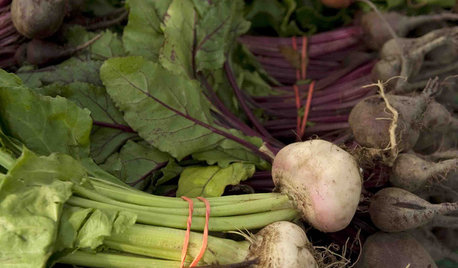
FARM YOUR YARDCool-Season Vegetables: How to Grow Beets
Give canned versions of this fall and spring garden favorite the heave-ho and discover its true flavor and colors
Full Story
MOST POPULARHow to Start a Cool-Season Vegetable Garden
Late summer and late winter are good times to plan and plant cool-season crops like salad greens, spinach, beets, carrots and peas
Full Story
FARM YOUR YARD9 Ways to Change Up Your Vegetable Garden for the Coming Season
Try something new for edible plantings that are more productive than ever
Full Story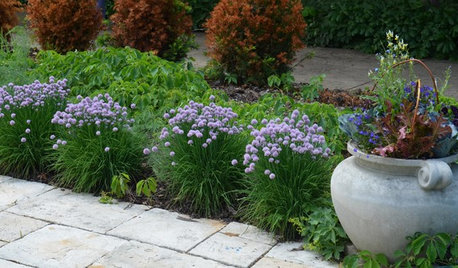
GARDENING GUIDESEdible Plants That Double as Ornamentals
Try growing these tasty plants with your ornamentals for an attractive garden and fresher meals
Full Story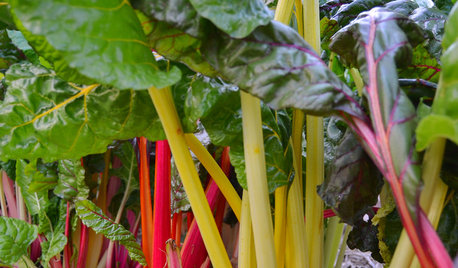
GARDENING GUIDESCool-Season Vegetables: How to Grow Chard
A year-round garden favorite with a colorful stem, Swiss chard comes into its own in early spring and in fall
Full Story
SPRING GARDENINGInspiring Raised Beds for Fall and Spring Planting
Make Your Next Vegetable Garden Even Better with Beautiful Boxes and Paths
Full Story
GARDENING GUIDES10 Easy Edibles for First-Time Gardeners
Focus on these beginner-friendly vegetables, herbs, beans and salad greens to start a home farm with little fuss
Full Story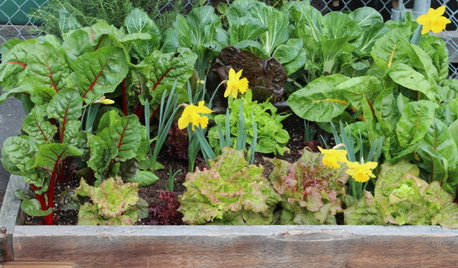
FARM YOUR YARDGrow a Kitchen Garden in 16 Square Feet
Got a sunny 4-by-4 space? You can make meals more interesting with your own vegetables and herbs
Full Story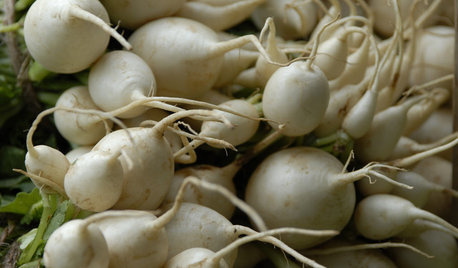
GARDENING GUIDESCool-Season Vegetables: How to Grow Turnips
Sweeter after a taste of frost, these often-overlooked root vegetables can be a surprisingly tasty part of your fall garden
Full Story0

SUMMER FRUITS AND VEGETABLESHow to Grow Your Own Fresh, Sweet Corn
Here's how to plant and care for your own mini cornfield
Full StorySponsored
More Discussions







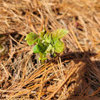
farmerdilla
jimster
Related Professionals
Wixom Landscape Architects & Landscape Designers · Sahuarita Landscape Architects & Landscape Designers · Beverly Hills Landscape Contractors · Cerritos Landscape Contractors · Hilo Landscape Contractors · Las Vegas Landscape Contractors · Lees Summit Landscape Contractors · Mahwah Landscape Contractors · Mastic Beach Landscape Contractors · Pleasanton Landscape Contractors · Tigard Landscape Contractors · Wentzville Landscape Contractors · West Palm Beach Landscape Contractors · Goldenrod Landscape Contractors · Conroe Driveway Installation & Maintenancediggerdee zone 6 CT
jimster
farmerdilla
clumsygrdnerOriginal Author
cabrita
jimster
tomakers
clumsygrdnerOriginal Author
vrkelley
glib
diggerdee zone 6 CT
david52 Zone 6
billv
jimster
farmerdilla
magnolias4ever
clumsygrdnerOriginal Author
farmerdilla
stephen_albert
clumsygrdnerOriginal Author
farmerdilla
glenn73
diggerdee zone 6 CT
clumsygrdnerOriginal Author
swjonthebay
farmerdilla
swjonthebay
teauteau
diggerdee zone 6 CT
karen_pgh
shebear
sidsel76
jbann23
User
plumfan
vall3fam
cabrita
Macmex
highalttransplant
franeli
aubade
PicoAzores